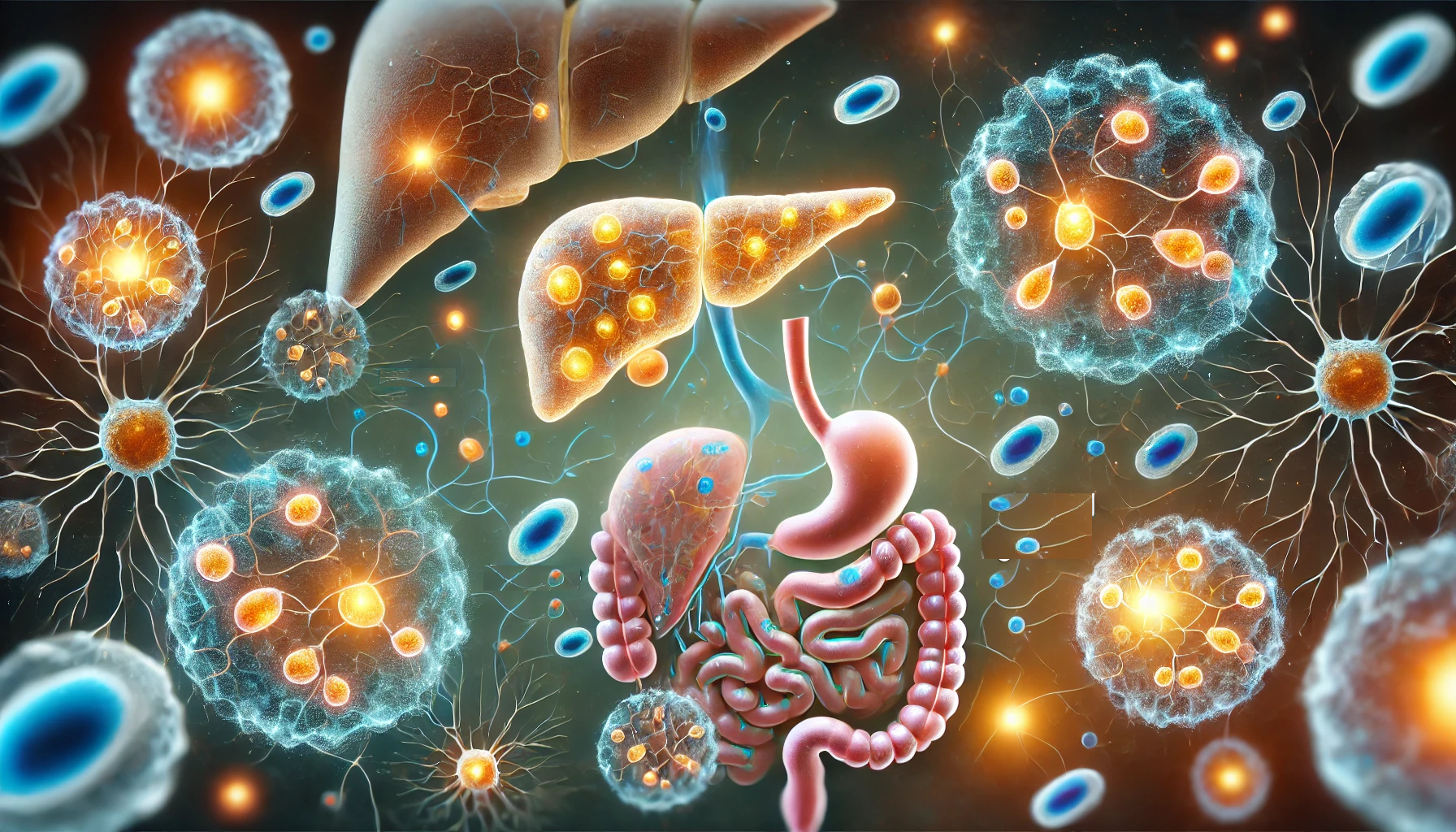
The study explores how certain cells in mice that produce insulin (a hormone that regulates blood sugar) migrate to different organs and whether other organs, like the salivary glands, can help in insulin production. Scientists tracked the movement of these insulin-producing cells using genetic labeling techniques. They found that these cells are present in different organs at birth but decrease in number as the mice grow older, with the pancreas becoming the primary source of insulin. Interestingly, insulin was also found in the submandibular gland (a salivary gland under the jaw), suggesting it might have a role in blood sugar control.
The researchers also examined a specific biological pathway called Wnt/β-catenin, which affects how cells grow and move. When this pathway was blocked in mice, they observed that insulin-producing cells migrated more freely, particularly near the mouth. This suggests that altering this pathway might influence insulin production and movement in the body.
Another experiment tested whether the submandibular gland could produce insulin when stressed by high blood sugar levels. When the mice were given excess glucose, their submandibular glands started producing more insulin, proving that this gland has the potential to assist in blood sugar regulation. This discovery is important because it hints that salivary glands might be used in future diabetes treatments.
Diabetes is a condition where the body struggles to produce or use insulin properly, leading to high blood sugar. Traditionally, insulin is produced by the pancreas, but if other organs, like the submandibular gland, can also contribute, it opens the door to new treatment possibilities, such as gene therapy. The study suggests that by manipulating certain biological pathways, it may be possible to encourage insulin production outside the pancreas, potentially offering new hope for diabetic patients.
Overall, this research highlights the hidden potential of the body’s organs in managing blood sugar and suggests that the salivary glands could play a bigger role in diabetes treatment than previously thought. More research is needed, but these findings could lead to innovative therapies in the future.

